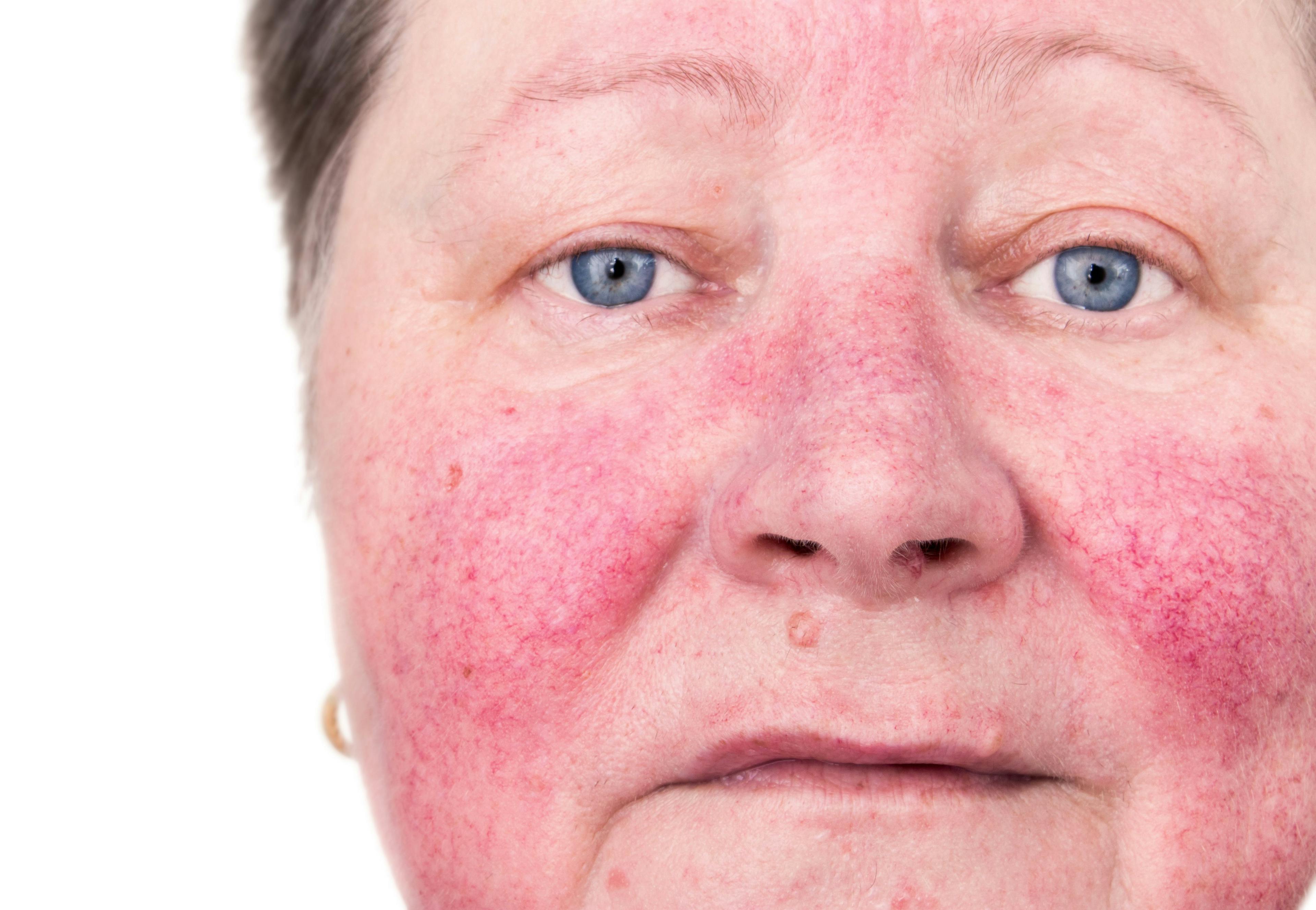- Acne
- Actinic Keratosis
- Aesthetics
- Alopecia
- Atopic Dermatitis
- Buy-and-Bill
- COVID-19
- Case-Based Roundtable
- Chronic Hand Eczema
- Chronic Spontaneous Urticaria
- Drug Watch
- Eczema
- General Dermatology
- Hidradenitis Suppurativa
- Melasma
- NP and PA
- Pediatric Dermatology
- Pigmentary Disorders
- Practice Management
- Precision Medicine and Biologics
- Prurigo Nodularis
- Psoriasis
- Psoriatic Arthritis
- Rare Disease
- Rosacea
- Skin Cancer
- Vitiligo
- Wound Care
Publication
Video
Dermatology Times
Treatment Landscape for Atopic Dermatitis
Author(s):
Benjamin Lockshin, MD, FAAD, comments on the significance of recent expansions of therapeutics options for patients with atopic dermatitis and unmet needs in the field.
Benjamin Lockshin, MD, FAAD: Dupilumab’s [Dupixent] introduction in 2017 revolutionized how we manage patients with atopic dermatitis. Recently, there have been other agents that have occupied this space as well. This only benefits our patient population because we, as prescribers, would like to be able to treat all of our patients effectively. Fortunately, dupilumab does work for the lion share of patients, but when patients have either partial or limited responses, it’s good to have another FDA [Food and Drug Administration]-approved option that can help manage and reduce their symptoms.
Since dupilumab’s introduction in 2017, there have been a number of post-marketing studies, either industry-sponsored or investigator-sponsored, looking at the safety and efficacy in special types of atopic dermatitis, such as those involving special sites like the palms and soles, and patients with prurigo nodularis, which has more of a lichenified appearance, or a head and neck atopic dermatitis. This dataset really helps complement what we see in clinical trials and also addresses the very morphologies we see in the real world.
There are significant unmet needs when managing pediatric patients from 6 months of age to 6 years of age with severe atopic dermatitis. It goes without saying that there are no FDA-approved medications in this age group at this point in time. Having something that has gone through rigorous studies, looking at the efficacy as well as the safety, is important to parents of children of this age group. In addition, since this will be expanding an indication of a medication that’s already approved down 6 years of age, having that data only complements and provides more reassurance to the data we collect in this group.
Transcript Edited for Clarity

Newsletter
Like what you’re reading? Subscribe to Dermatology Times for weekly updates on therapies, innovations, and real-world practice tips.


























